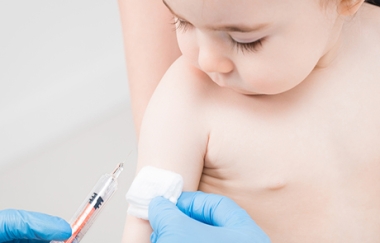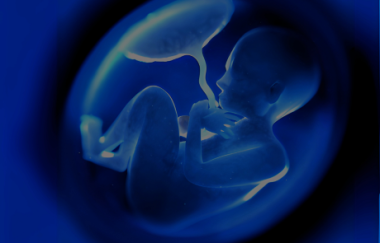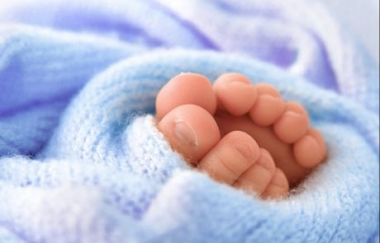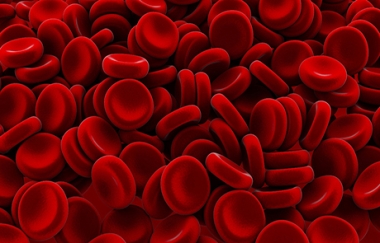Mercuri E, Barnett A, Rutherford M, Guzzetta A, Haataja L, Cioni G, Cowan F, Dubowitz L Department of Paediatrics, Imperial College School of Medicine, Hammersmith Campus, London, United Kingdom. Department of Paediatric Neurology and Psychiatry, Catholic University, Rome, Italy. Department of Paediatric Neurology and Psychiatry, Stella Maris Institute, Pisa, Italy. Department of Paediatrics and Child Neurology, Turku University Central Hospital, Turku, Finland
OBJECTIVE: The aim of this study was to assess neuromotor function at school age in children who had cerebral infarction on neonatal magnetic resonance imaging (MRI).
DESIGN: Twenty-two children with evidence of cerebral infarction on neonatal brain MRI (18 with arterial infarction and 4 with border-zone lesions) were assessed at school age with a structured neurologic examination and the Movement Assessment Battery for Children, a battery of tests designed to assess motor function
RESULTS: Of the 22 children, 6 (30%) had hemiplegia and a further 7 (30%) showed some neuromotor abnormality such as asymmetry on the neurologic examination (n = 4) or poor scores on the neuromotor test without any sign of asymmetry (n = 3). The remaining 9 children had a normal motor outcome. Hemiplegia was found only in children who had concomitant involvement of hemisphere, internal capsule, and basal ganglia on brain MRI. Children with involvement of the internal capsule, associated either with basal ganglia or hemispheric lesions, did not show hemiplegia but still had motor difficulties.
CONCLUSIONS: Our results suggest that although hemiplegia occurs in a relatively small proportion of children with neonatal cerebral infarction, other signs of neuromotor impairment can be present, and these become more obvious at school age when a more specific assessment can be performed. These results also suggest that the involvement of the internal capsule on neonatal MRI can predict the presence of these abnormalities.
PMID: 14702455 PubMed – as supplied by publisher למאמר


















השאירו תגובה
רוצה להצטרף לדיון?תרגישו חופשי לתרום!